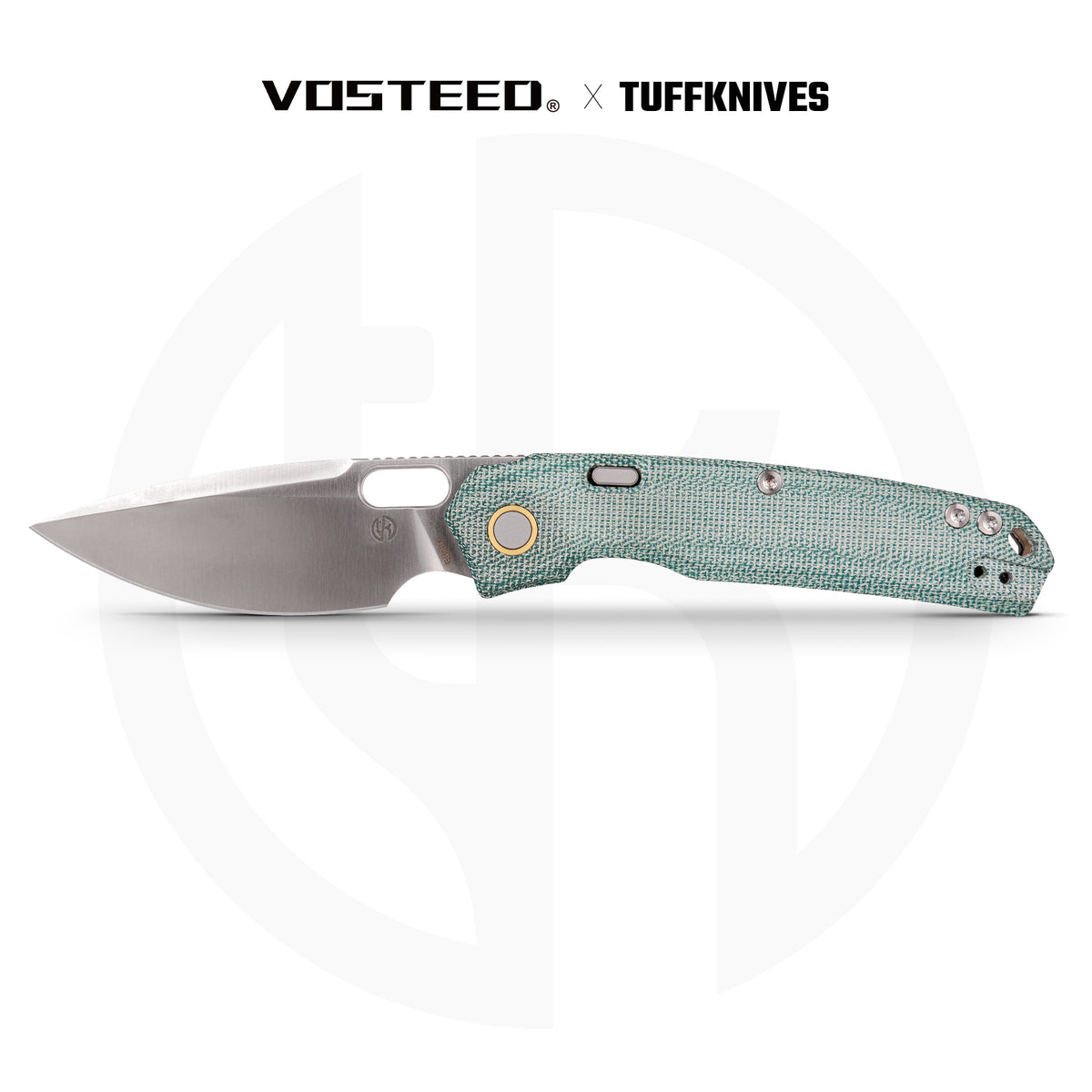Unlock the Secrets of Artisan Cutlery: A Journey Through Knives That Define Craftsmanship
Artisan cutlery knives are not just tools; they are a blend of art and functionality that holds a special place in the culinary world. In recent years, there has been a notable surge in the popularity of handcrafted knives among chefs and cooking enthusiasts alike. This trend emphasizes an appreciation for quality, precision, and the unique stories that each blade carries. In this article, we will delve into the fascinating history of artisan cutlery, explore the various types of knives available, and uncover the unique features that make these handcrafted tools a worthwhile investment for anyone serious about cooking.

The History of Artisan Cutlery
The art of knife making dates back thousands of years, with origins traced to ancient civilizations where tools were crafted from stone, bronze, and iron. As societies evolved, so did the techniques and materials used in cutlery production. The Japanese, for instance, have a rich history of knife making, with traditions that date back to the 13th century when craftsmen began producing blades specifically for sushi preparation. In Europe, regions like Solingen in Germany became renowned for their high-quality knives during the 16th century, contributing to a legacy of craftsmanship that endures to this day. Over time, the industrial revolution introduced mass production, which, while making knives more accessible, often compromised the quality and uniqueness of each piece. This led to a renewed interest in artisan cutlery as chefs and culinary enthusiasts sought out knives that embodied tradition, skill, and personal connection. Today, artisan cutlery stands as a testament to the dedication and passion of craftspeople who continue to hone their skills and preserve these age-old methods.
Types of Artisan Cutlery Knives
Artisan cutlery encompasses a diverse range of knives, each designed with specific culinary tasks in mind. The chef's knife, often considered the workhorse of the kitchen, is versatile and can be used for chopping, slicing, and dicing. Its design allows for a comfortable grip and balance, essential for long periods of use. Paring knives, on the other hand, are smaller and ideal for intricate tasks such as peeling fruits or deveining shrimp. Specialty knives, such as fillet knives or bread knives, showcase the breadth of craftsmanship involved in artisan cutlery. Each type is crafted with attention to detail, ensuring that the blade's shape, weight, and balance meet the demands of its intended use. Friends who are passionate cooks often share their admiration for the precision and control they experience when using a well-crafted knife, noting how it elevates their cooking experience.
Materials Used in Artisan Knife Making
The materials used in artisan knife making greatly influence the knife’s performance and aesthetics. High-carbon stainless steel is a popular choice for blades due to its ability to hold a sharp edge while resisting corrosion. Other materials, such as Damascus steel, offer a unique visual appeal with their intricate patterns and exceptional durability. Handles are equally important and can be made from a variety of materials, including wood, resin, and even metals. Each material not only affects the knife's look but also its weight and balance, contributing to a more enjoyable and efficient cutting experience. A friend of mine recently invested in a handcrafted knife with a beautiful walnut handle, and he raved about how it felt warm and comfortable in his hand, enhancing his connection to the cooking process.
Unique Features of Artisan Cutlery Knives
What sets artisan cutlery knives apart from mass-produced alternatives are their distinctive characteristics. Bespoke designs allow for personalization, meaning that chefs can choose specific features that cater to their cooking style. The balance of an artisan knife is meticulously crafted, resulting in a seamless cutting experience that feels almost natural. Attention to detail is paramount; from the polishing of the blade to the finishing touches on the handle, every aspect is considered. Many artisan knife makers also incorporate unique elements, such as hand-forged patterns or custom engravings, creating a knife that is not only functional but also a work of art. The pride of ownership that comes with such a knife is palpable; it becomes a cherished tool, often passed down through generations, much like a family heirloom.
Artisan Cutlery: A Celebration of Craftsmanship
In summary, artisan cutlery knives represent the pinnacle of craftsmanship in the culinary world. Their rich history, diverse types, and unique features make them invaluable tools for both professional chefs and home cooks alike. By investing in artisan knives, one not only enhances their cooking experience but also supports the artisans dedicated to preserving this time-honored craft. As you explore the world of artisan cutlery, take a moment to appreciate the skill and passion that goes into each blade, and consider how these exceptional tools can elevate your culinary adventures.








